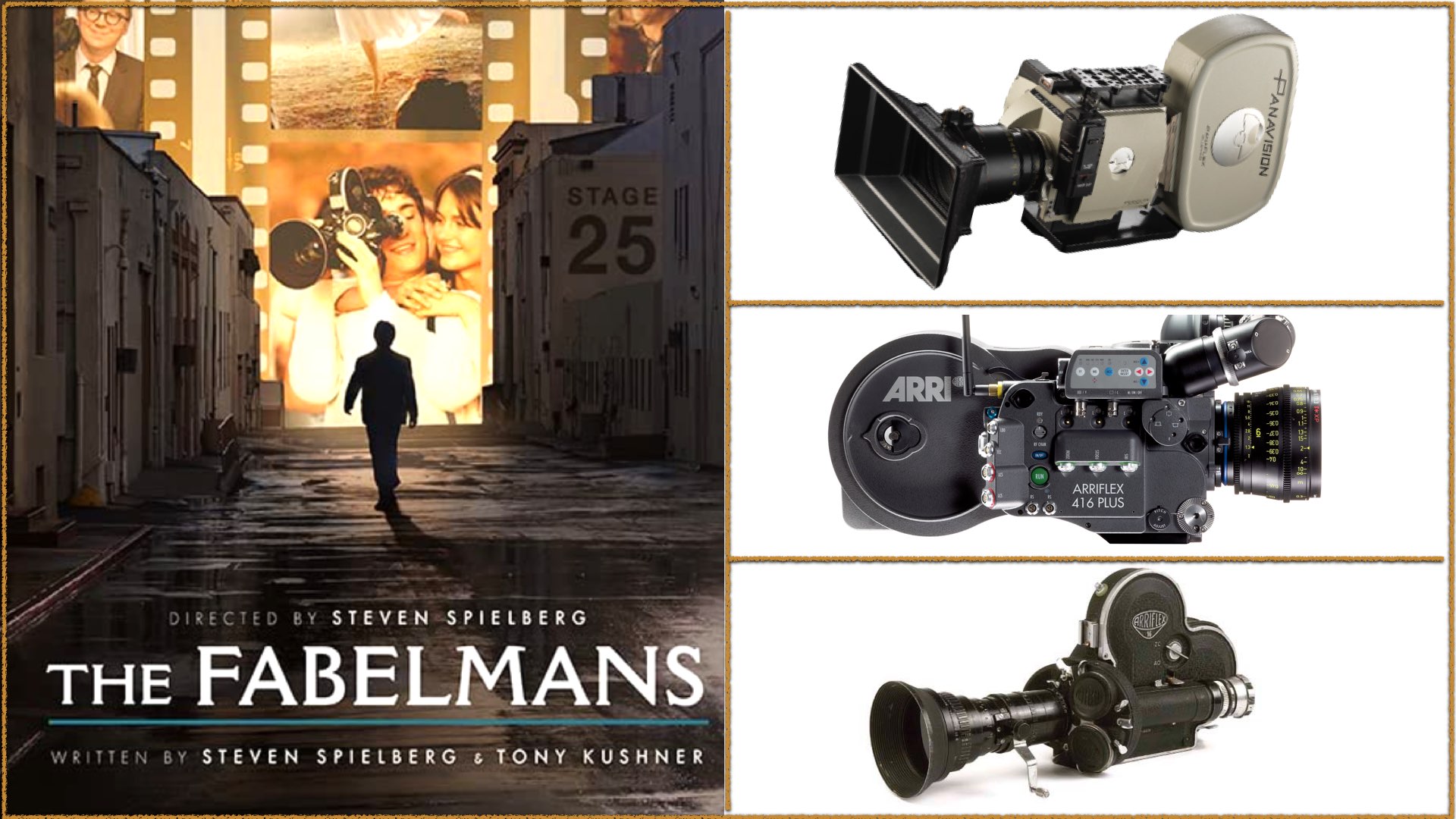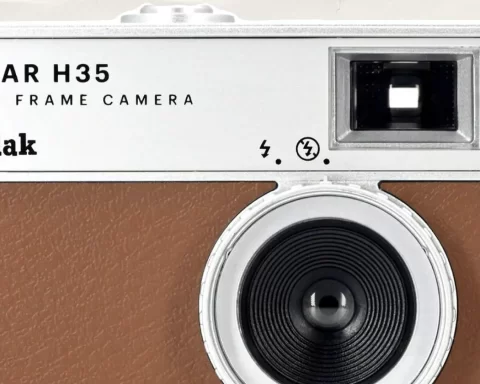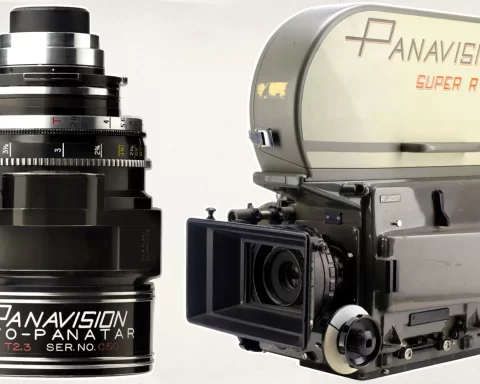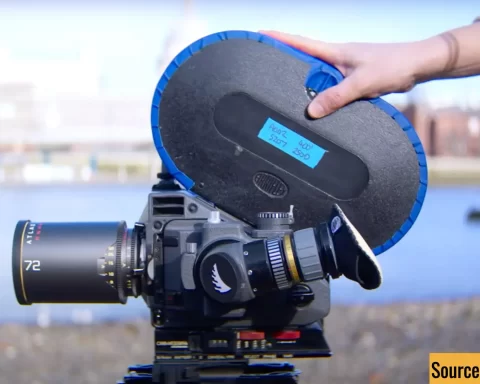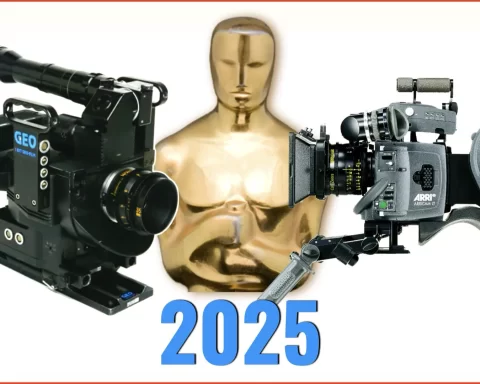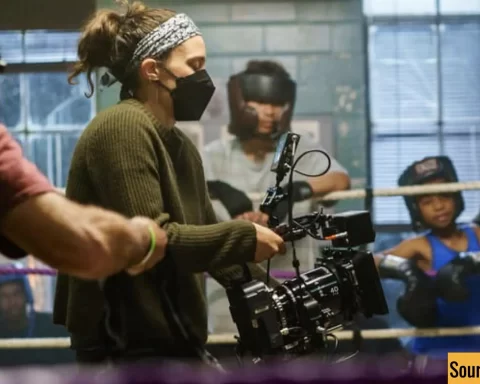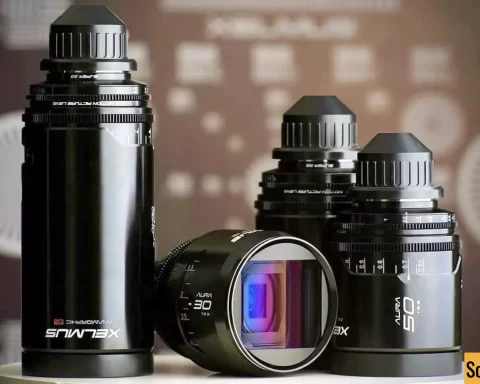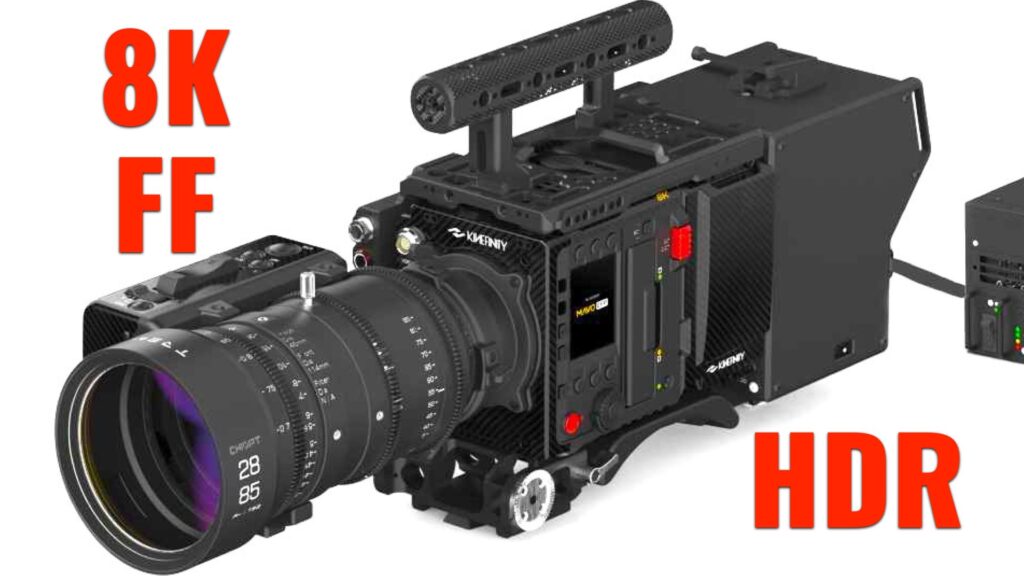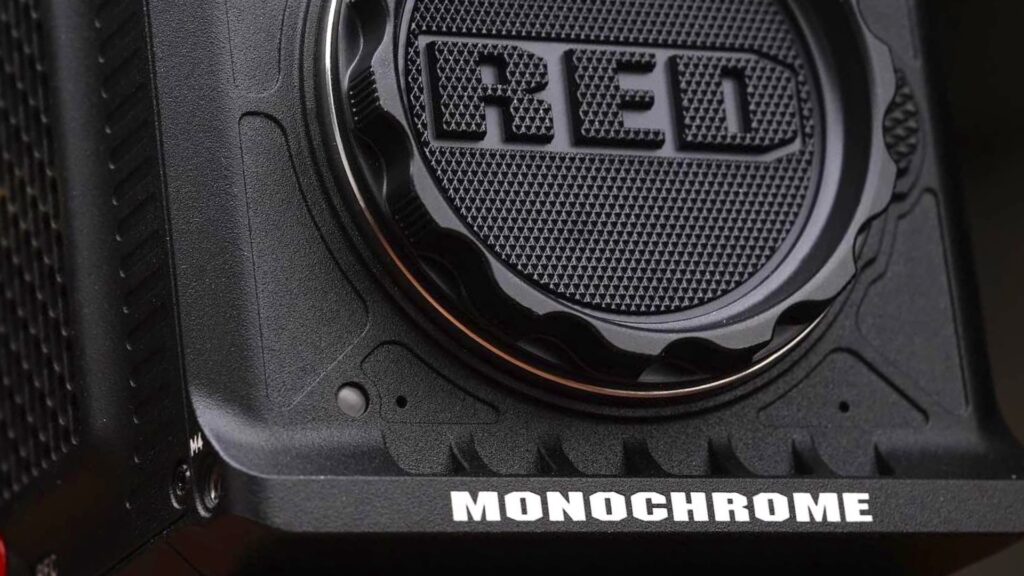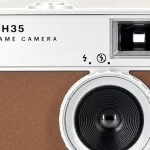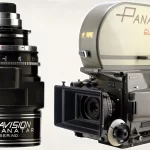The Fabelmans, which was directed by the one-and-only Steven Spielberg, and shot by the one-and-only Janusz Kamiński, is a fabulous story about a kid that wants to be a filmmaker in the sixties. It’s a film, shot on film, and about shooting on film. A must-watch for filmmakers.
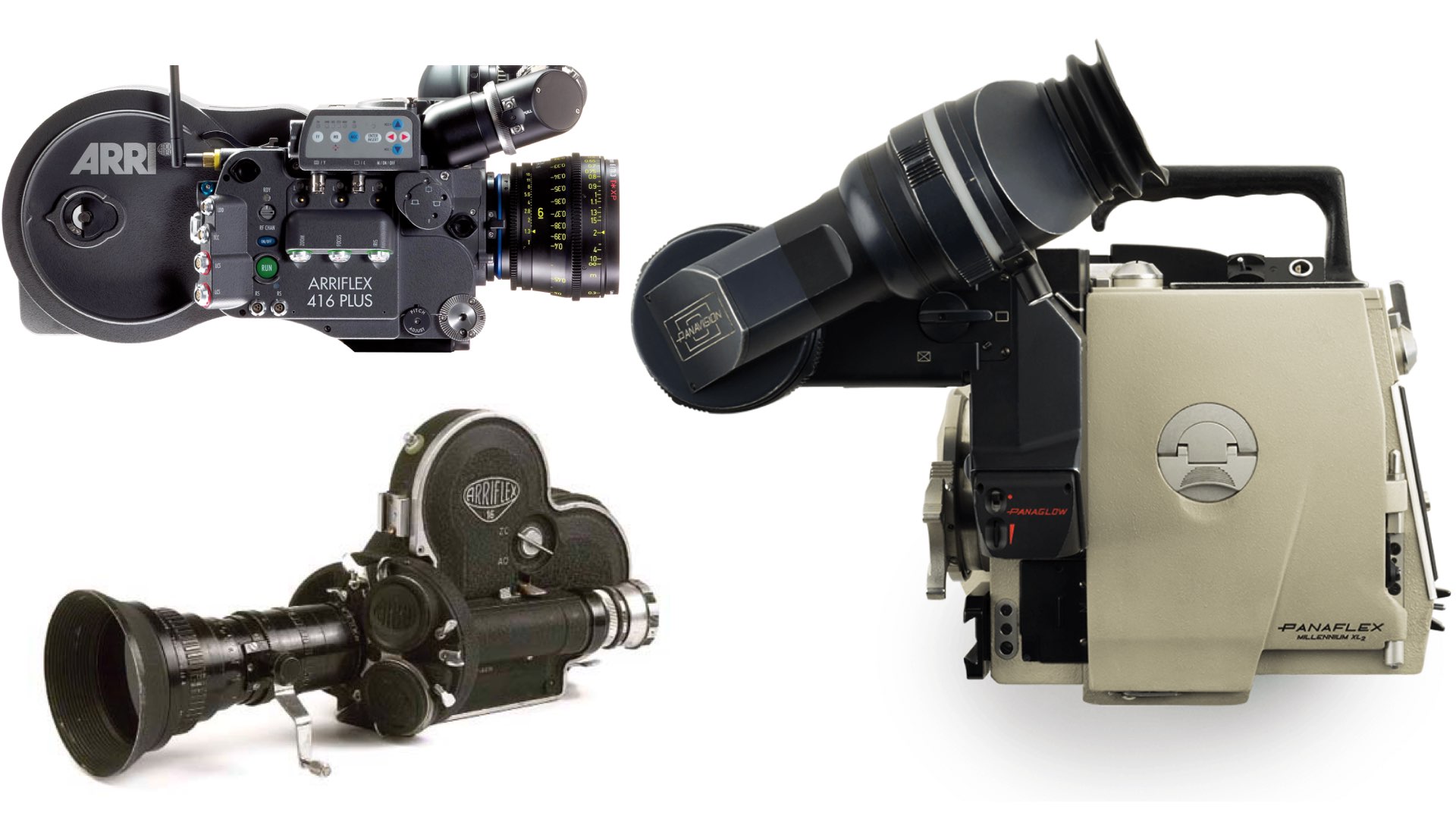
The Fabelmans: A film about filmmaking
The Fabelmans has generally been based on the director’s (Steven Spielberg) childhood recollections, circulating around his family roots and the developmental experiences that turned him into one of the most acclaimed directors of all time. The film has garnered Best Motion Picture and Best Director awards at the 2023 Golden Globes, and numerous nominations from the Critic’s Choice, BAFTA, DGA, SAG, PGA organizations, and of course, the 95th Academy Awards, although it didn’t take an Oscar. The principal photography of The Fabelmans took 60 days, led by the (another) one-and-only Janusz Kamiński who is Spielberg’s cinematic partner (they made together 19 feature films). Production took place at locations around Los Angeles, Sequoia National Park, California, and on the lot at Paramount Studios, where the sequence involving David Lynch as John Ford was filmed. Check out the trailer below:
Shot on film
Kamiński framed The Fabelmans in a 1.85:1 aspect ratio, and chose the Panavision Panaflex Millennium XL2 as the main camera, paired with Panavision PVintage Lenses. Furthermore, the good old mighty ARRIFLEX 16ST and 416 16mm cameras with Panavision Primo lenses were heavily used as well. According to Kodak, Kamiński went with VISION3 500T Color Negative Film 5219 for the day/night interior and night exterior scenes. VISION3 50D Color Negative Film 5203 was used for most of the day exteriors, switching to VISION3 250D Color Negative Film 5207 if shoots extended beyond normal daylight. “Even now, after all of these years and so many movies, Steven still loves the elegance of film aesthetics,” said Kamiński. “Whatever story you are telling, the film remains an incredible artistic choice” he added. Here’s a quick summary of the cameras that Kamiński used:
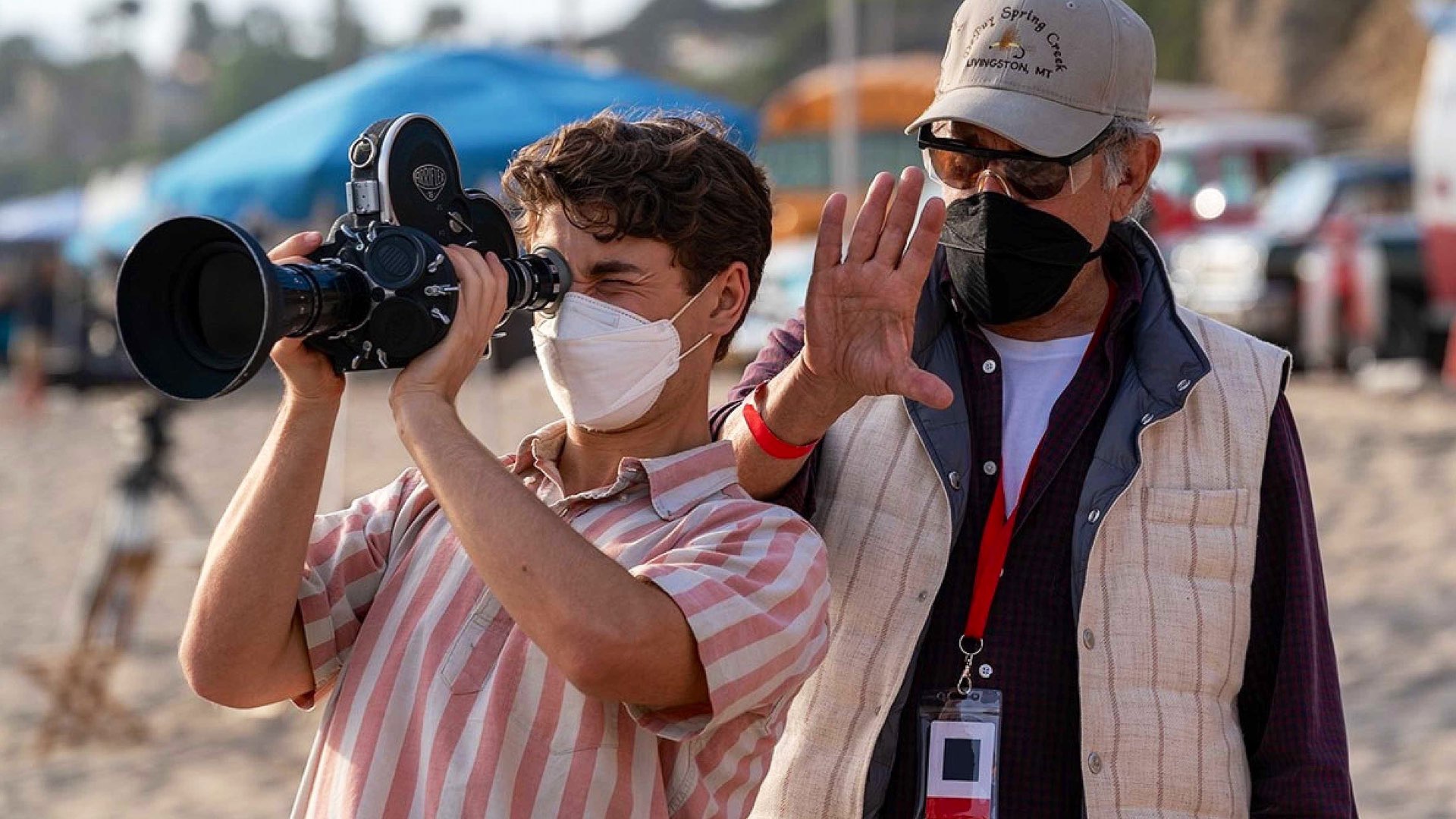
Panavision Panaflex Millennium XL2
The Millennium XL2 was introduced in 2004. The camera features faster speeds, better video, improved ergonomics, and more streamlined mechanics than previous film-camera models. This lightweight sync-sound camera easily converts from studio mode to handheld or Steadicam mode, with top or rear-mounted magazine configurations. It is compatible with all Panavision 35mm lm lenses (spherical and anamorphic) and all standard accessories. For those who want to rent it these days, the Millennium XL2 package includes a short viewfinder for handheld and a telescoping viewfinder for studio mode. The Millennium XL 2 accepts 400-foot and 1000-foot lightweight composite magazines, which can be top or rear-mounted for studio or handheld configurations.
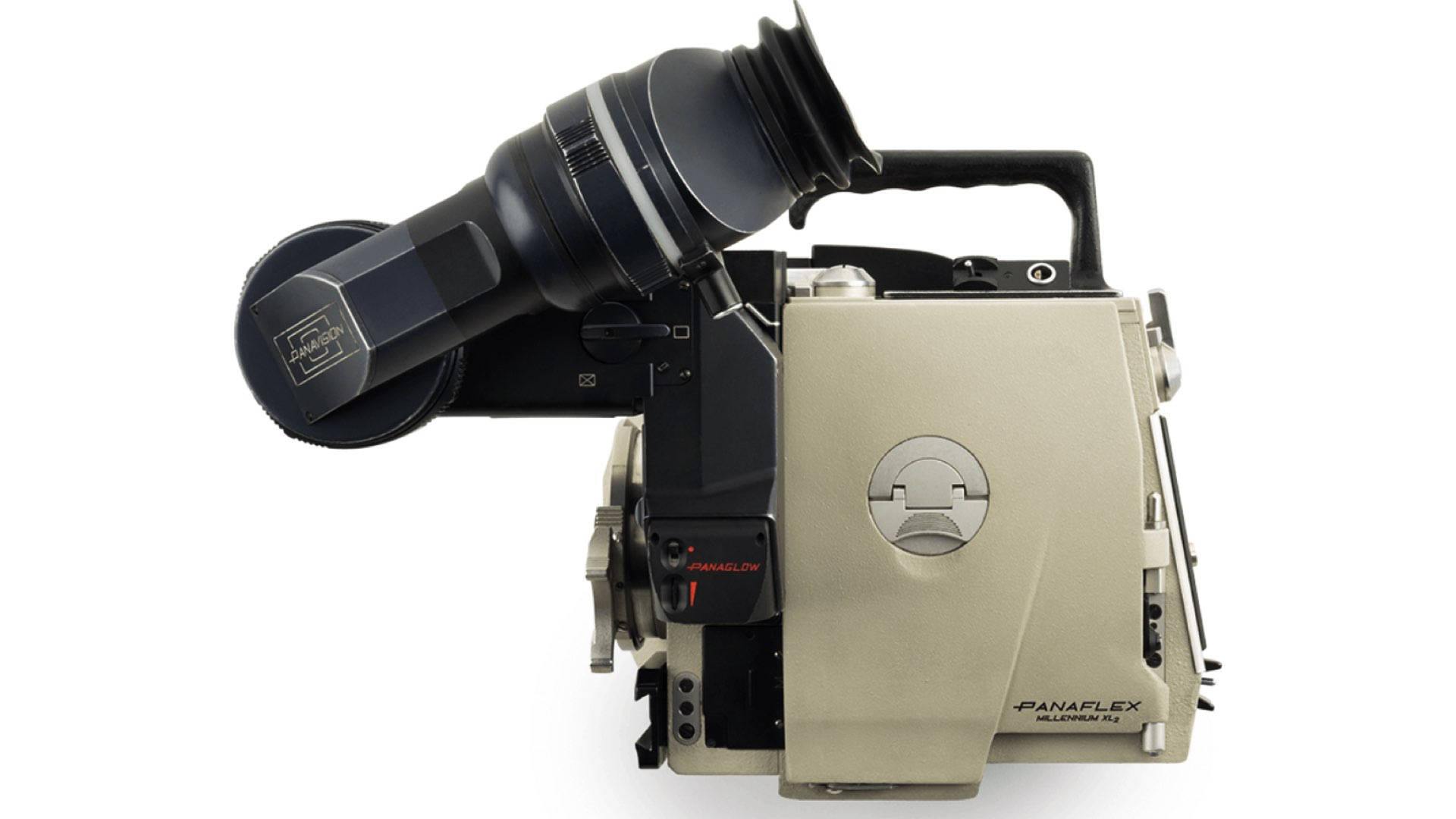
ARRIFLEX 416
The ARRIFLEX 416 is a motion picture camera product line created by ARRI in 2006. This camera line was introduced in large part to accommodate new lenses of larger diameter that physically interfered with the ARRI 16 SR3 viewfinder. The 416 camera series is designed for 16mm filmmaking in the Super 16 format. The 416 series has some features that are derived from ARRI’s 35mm cameras. The 416 series is compatible with some 35mm camera accessories, such as PL-mount lenses, base plates, matte boxes, follow focus units and more.
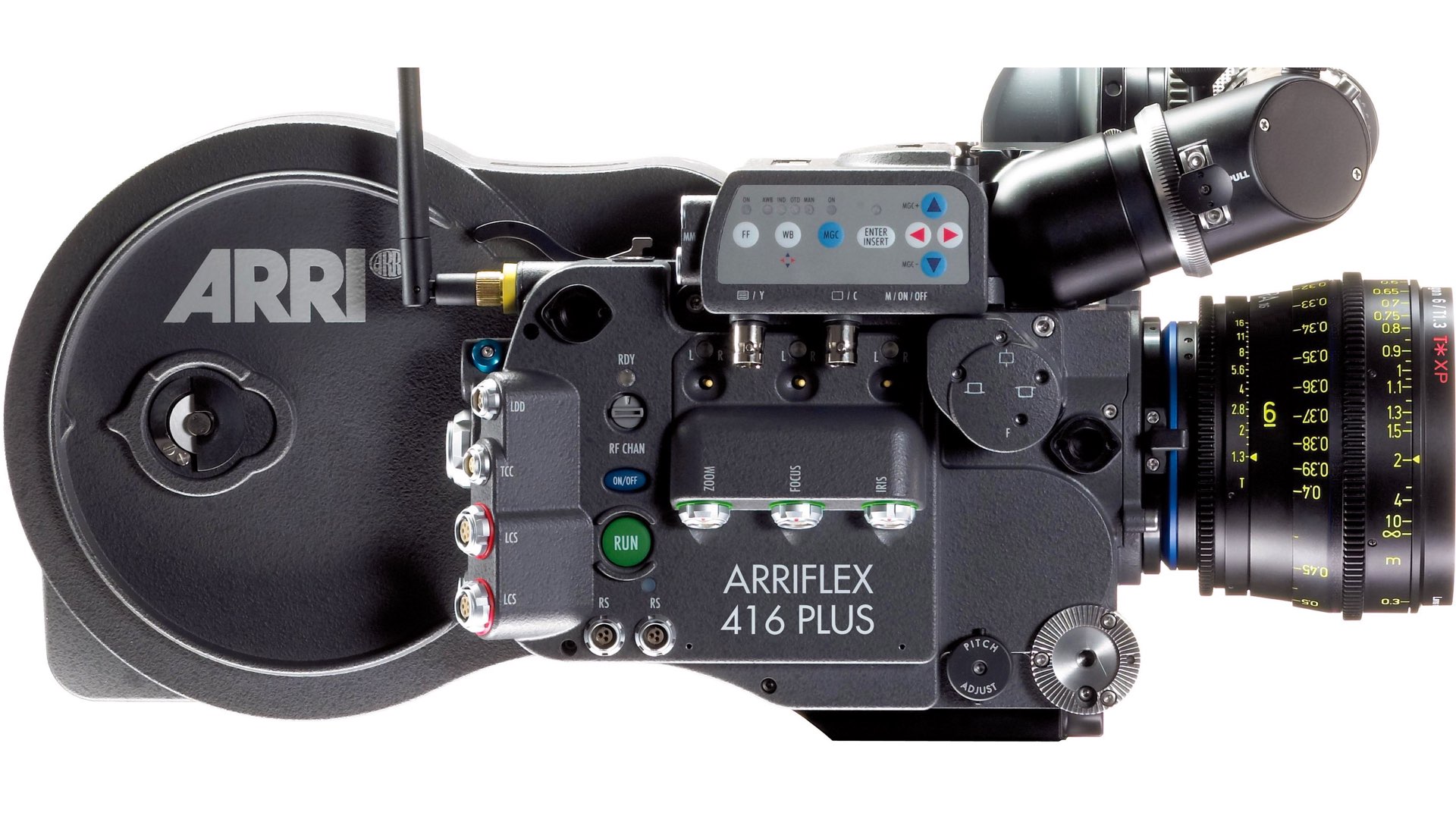
ARRIFLEX 16ST
The ARRIFLEX 16ST (Standard), also ARRIFLEX 16S, is a 16mm production motion picture camera released in 1952 by ARRI. The Arriflex 16ST can load 100ft daylight spools internally and a 400ft external magazine can be attached to the top. The camera is driven by a 12V crystal control motor, which can be controlled on the right side. It can record between 8 and 48 fps. The motor also has a reverse mode, which can be used for double exposure for example. The camera uses a 3-lens turret with ARRI standard mounts. The viewfinder is located on the gate door.
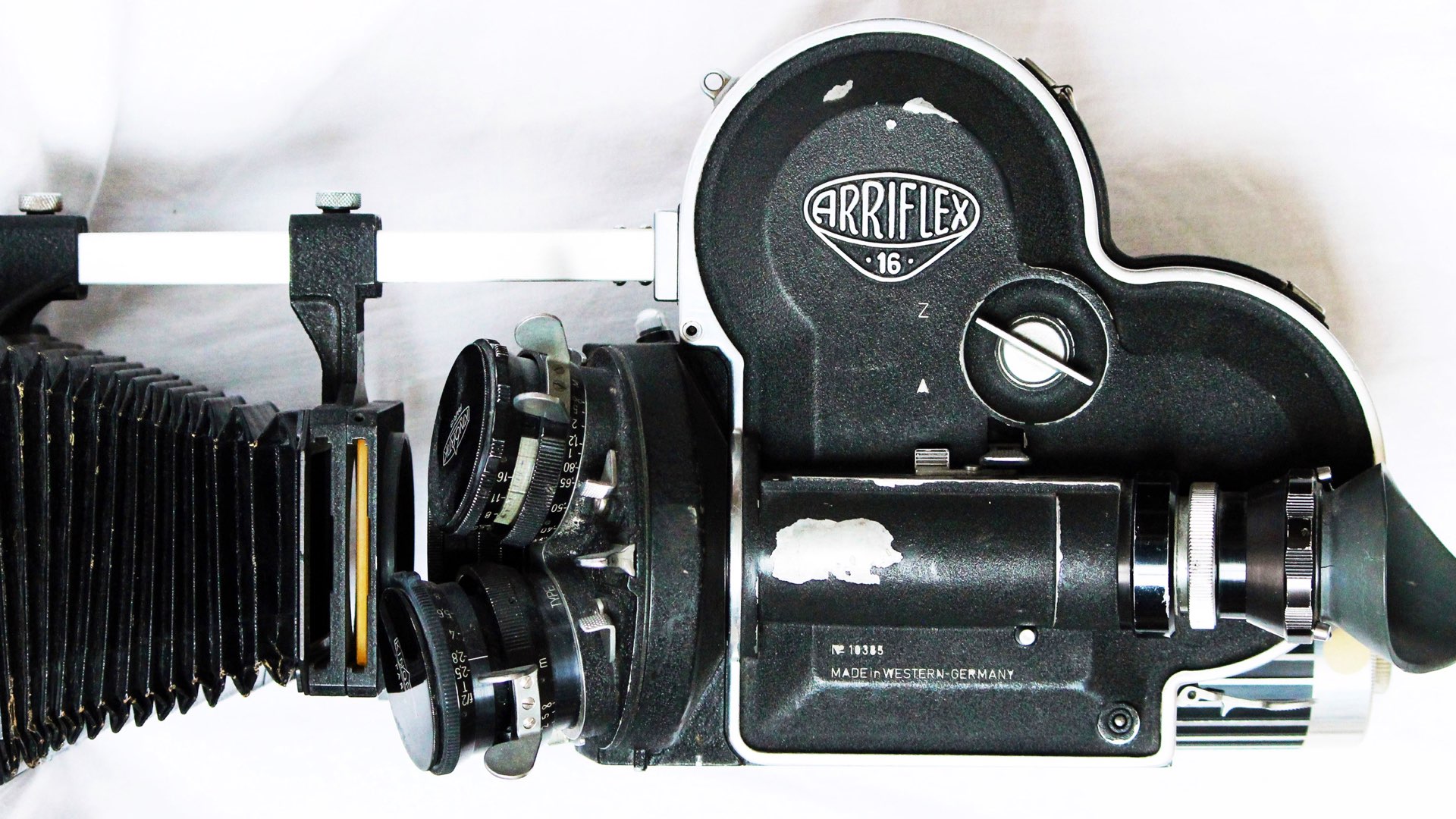
The unique discipline when shooting on film
We wrote a lot about the dedication needed to shoot a whole project on film. It’s a whole different opera to shoot on film vs shooting on digital. This precious celluloid eats up the budget, so you have to be super meticulous and precise about your shot. After the camera rolls, every second counts. Nevertheless, in the end, you have the best materials (footage), as opposed to tons of unused bad footage when shooting digitally. Indeed, Kamiński confirmed this by talking about The Fabelmans: ”We also both enjoy the filmmaking regime, where you actually cut, check-the-gate, reload the camera, reset and go again, rather than just rolling, rolling, rolling, which is often the case on digital production, when you likely pile up hours and hours of extra material, costing thousands and thousands of extra dollars”.
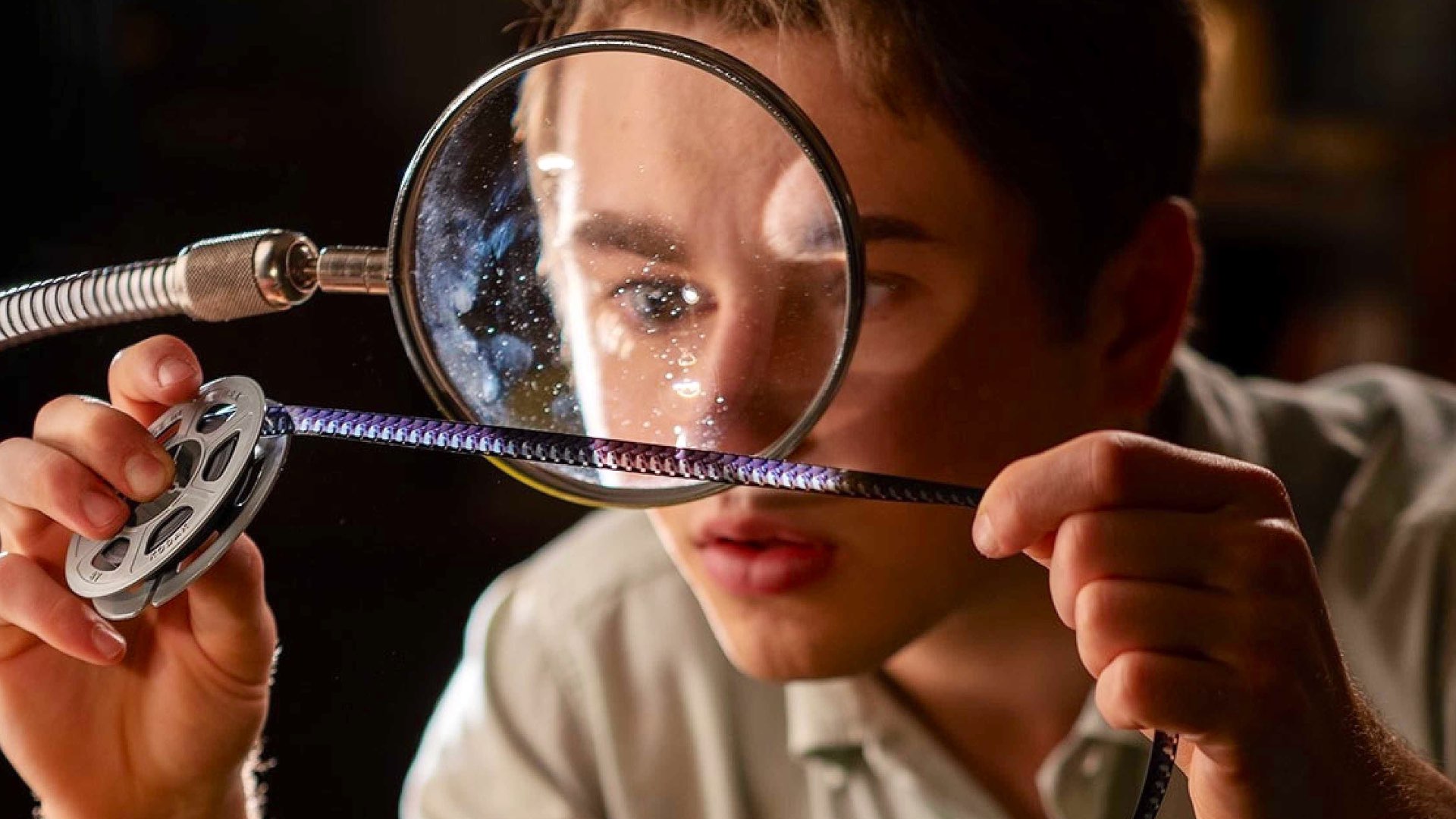
Closing thoughts
It’s amazing that the best movie directors in the world are still using film, and believe in film when shooting their high-budget features. It’s also amazing that the best-looking motion pictures were shot on film. Spielberg and Kamiński can be defined as masterpieces producers since every project they shoot together is absolutely fabulous. The Fabelmans is no different in that regard. And the best part is —it’s a film about the passion of filmmaking. Many of the readers of this magazine will be truly identified with this movie. Go see it –For its outstanding cinematography, and story.
Support Y.M.Cinema Magazine by purchasing our one-of-a-kind stainless steel model of 65 motion picture film camera – A perfect gift for filmmakers.

